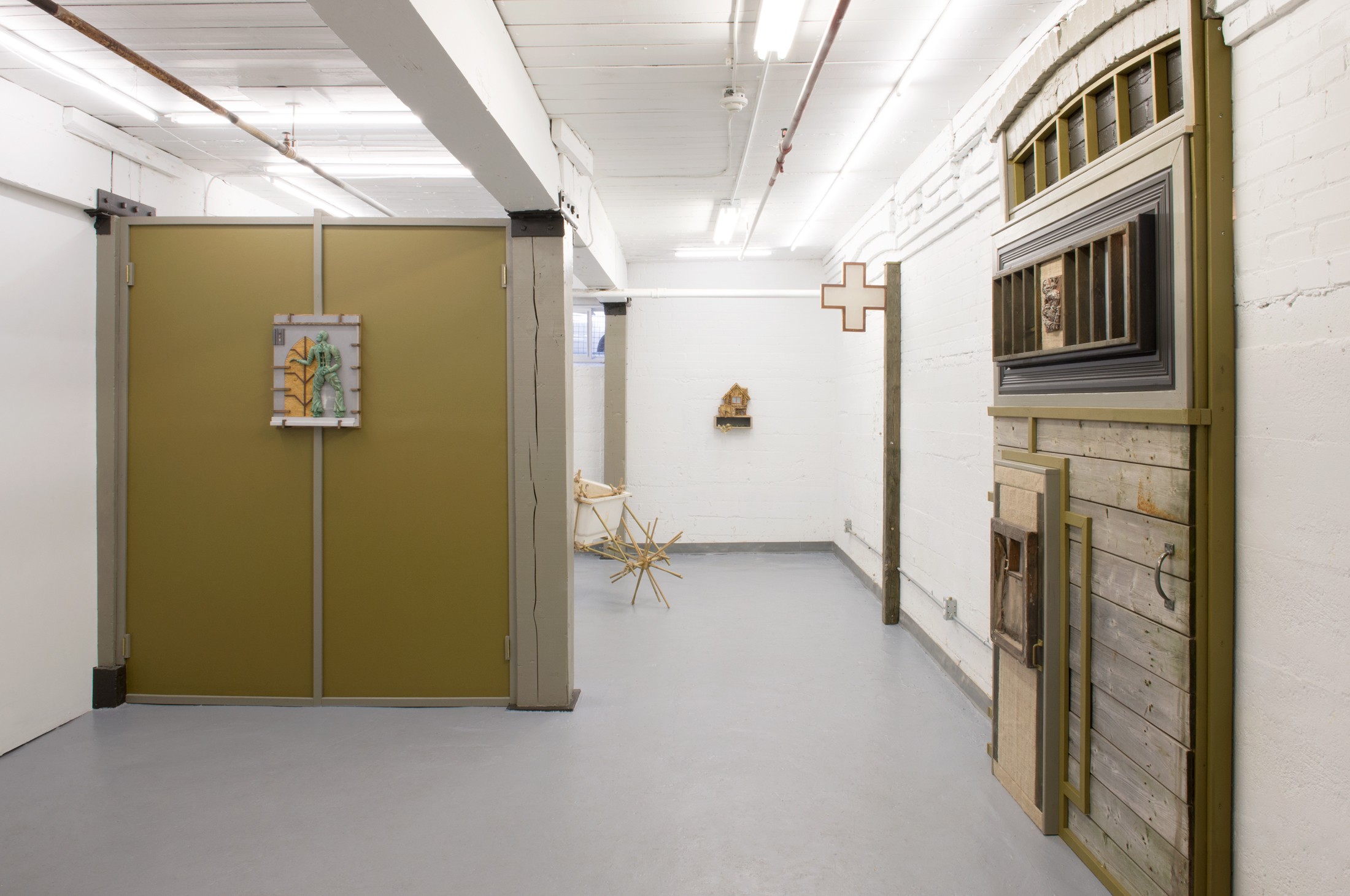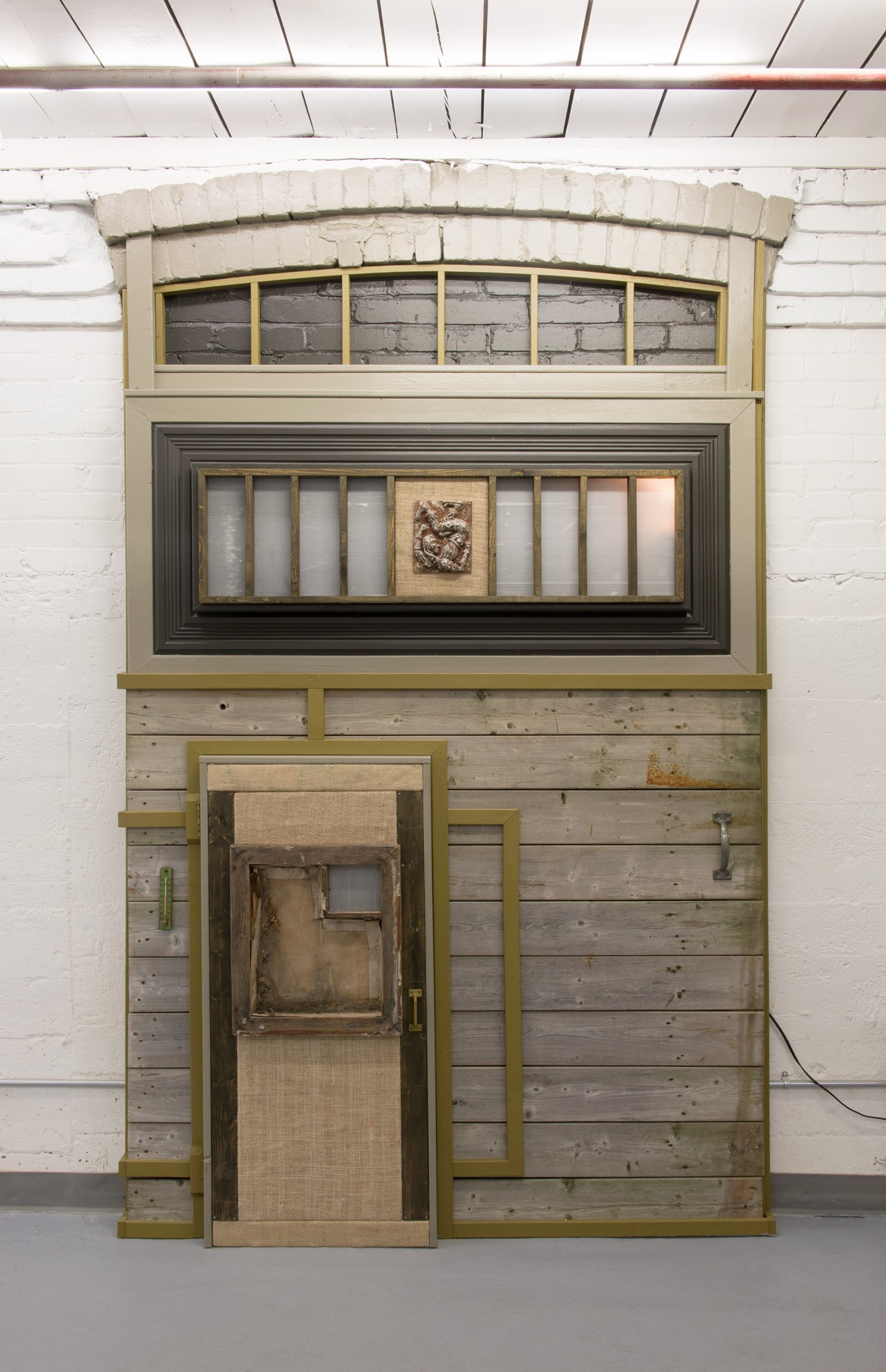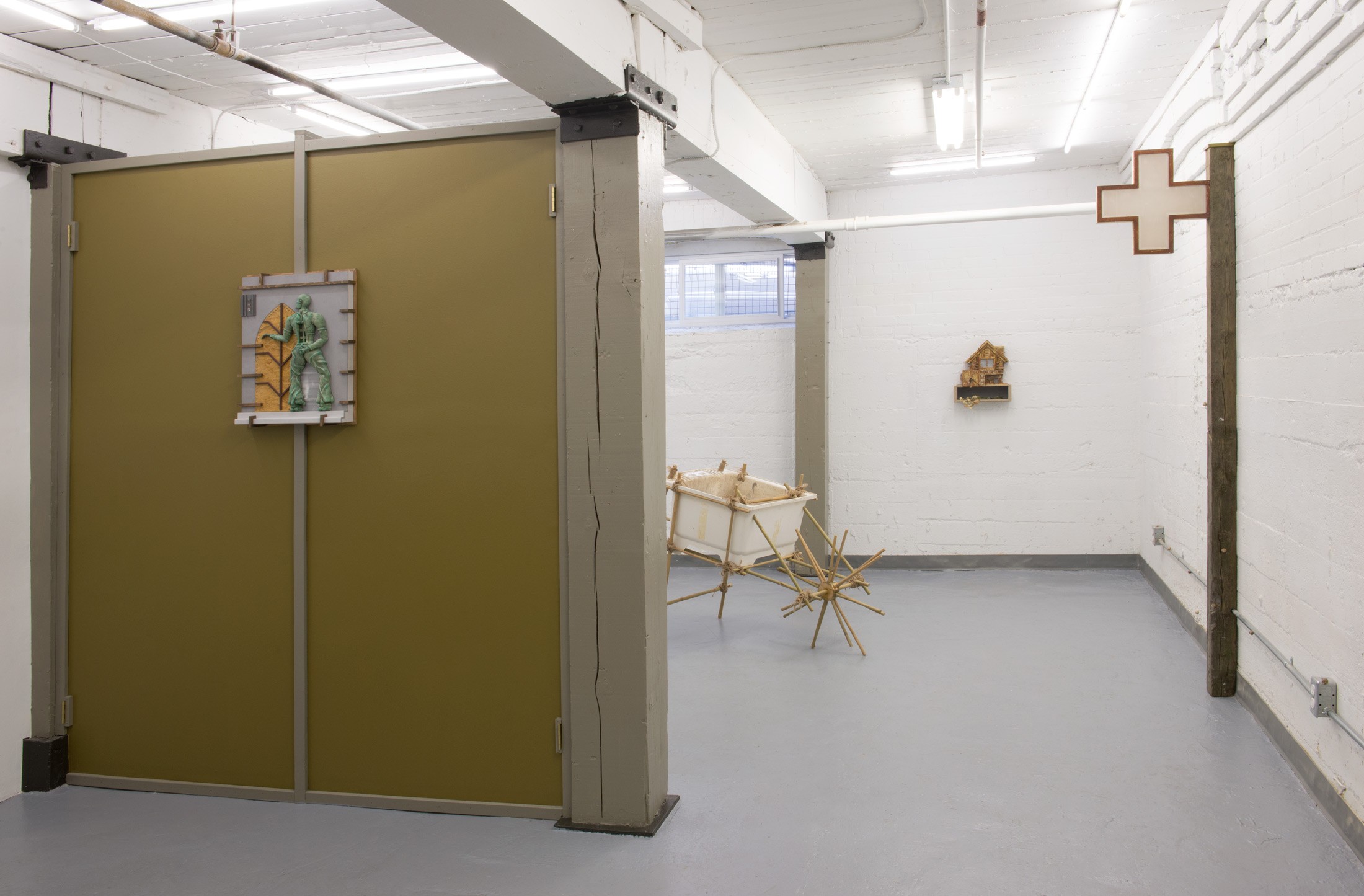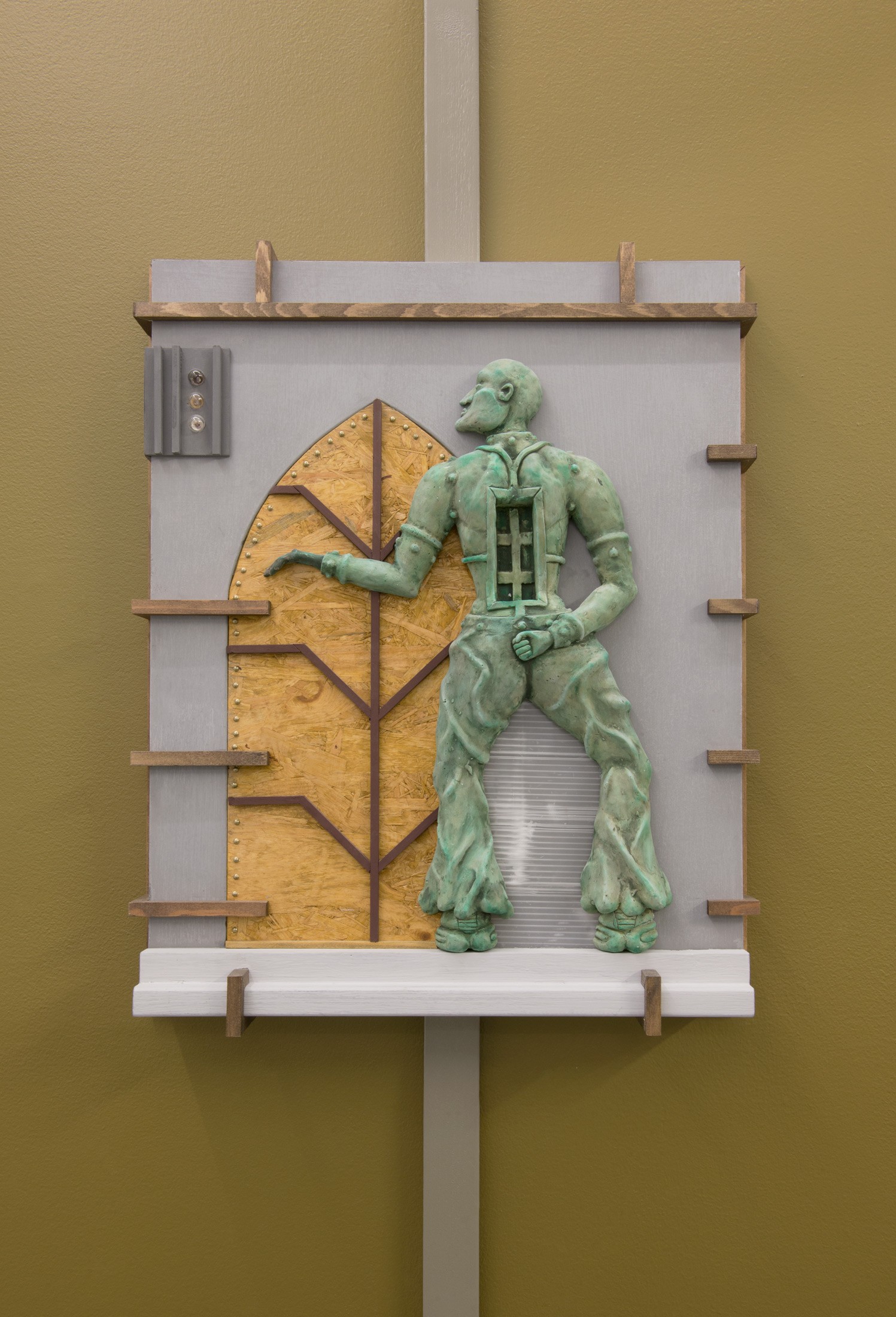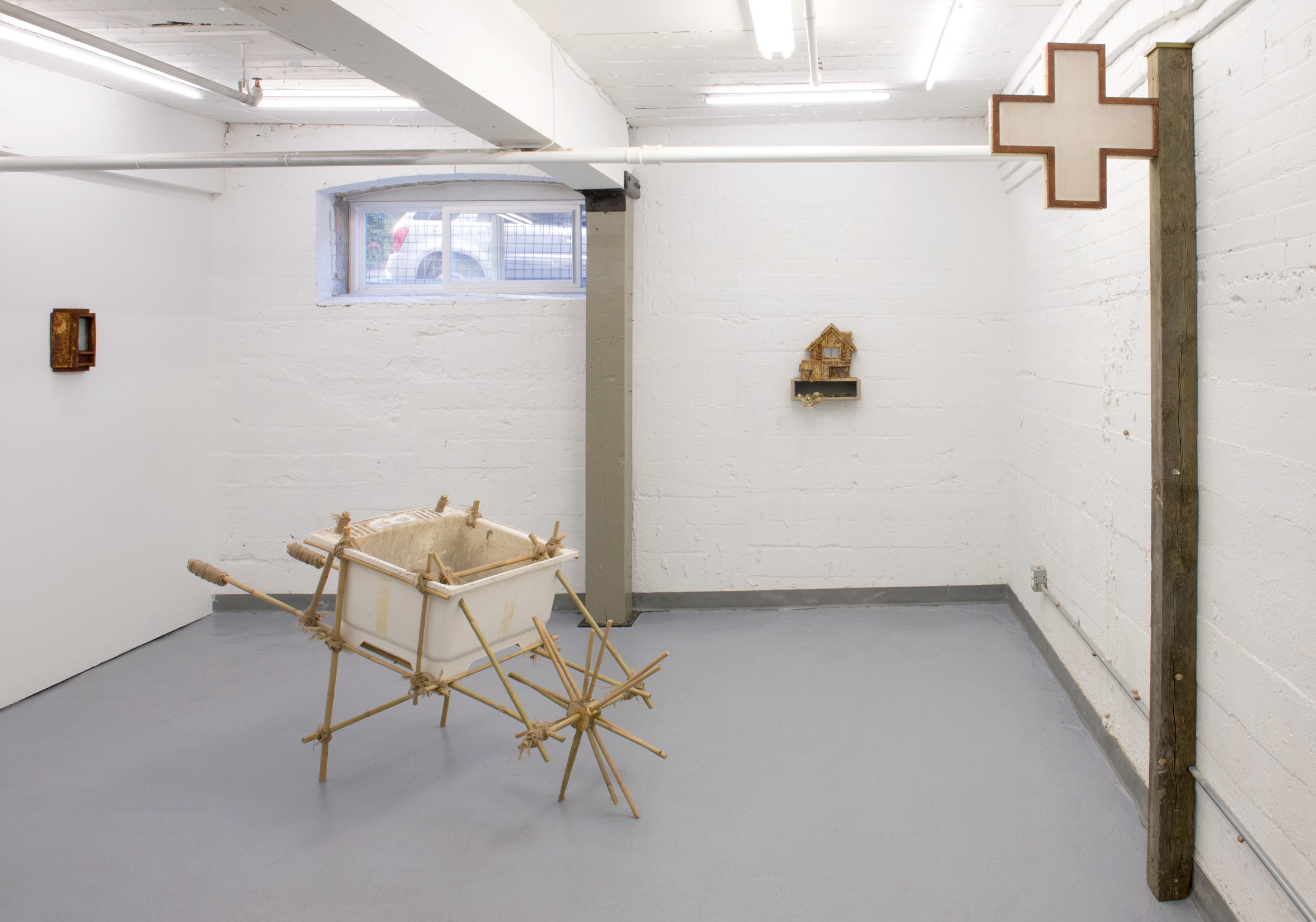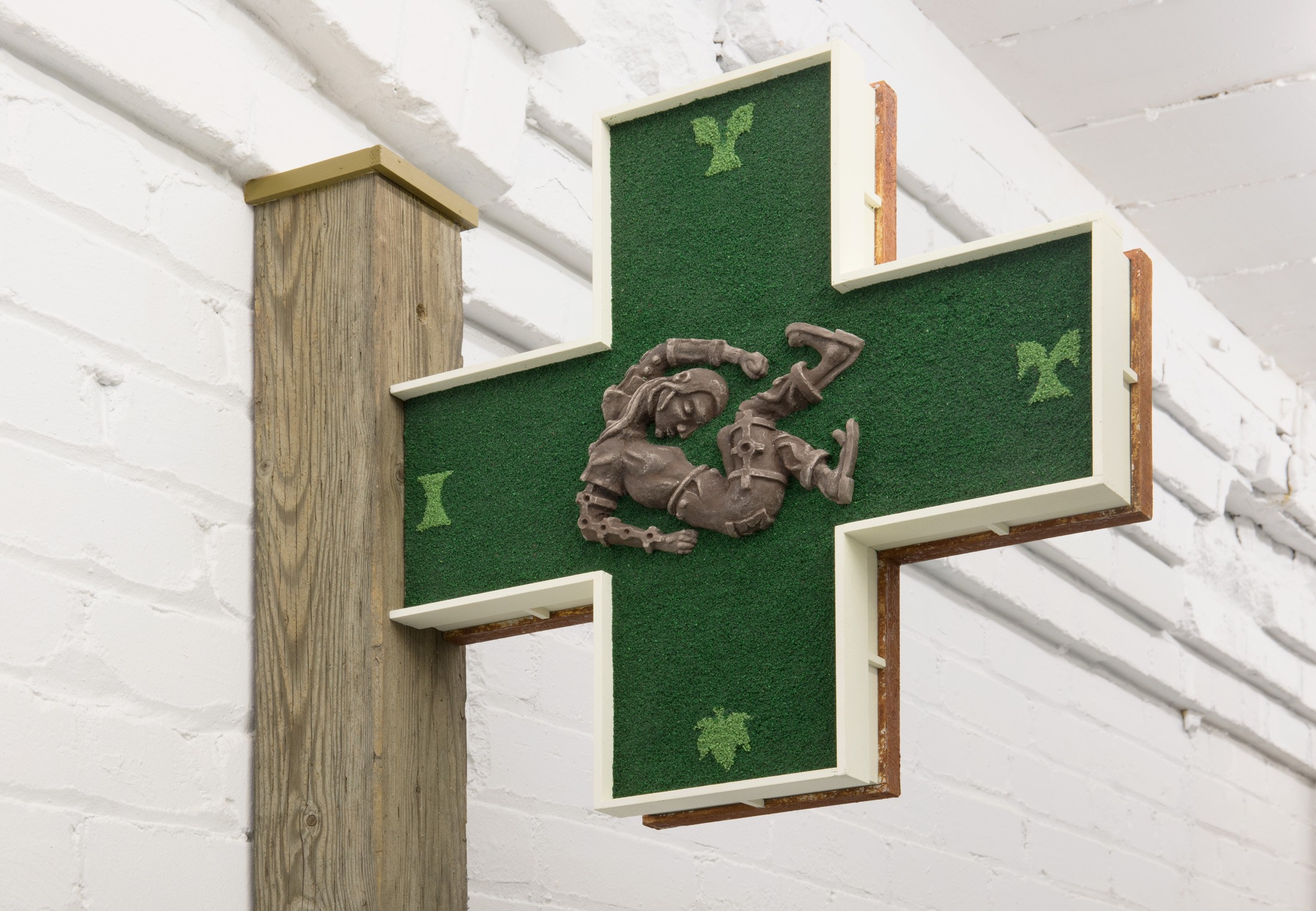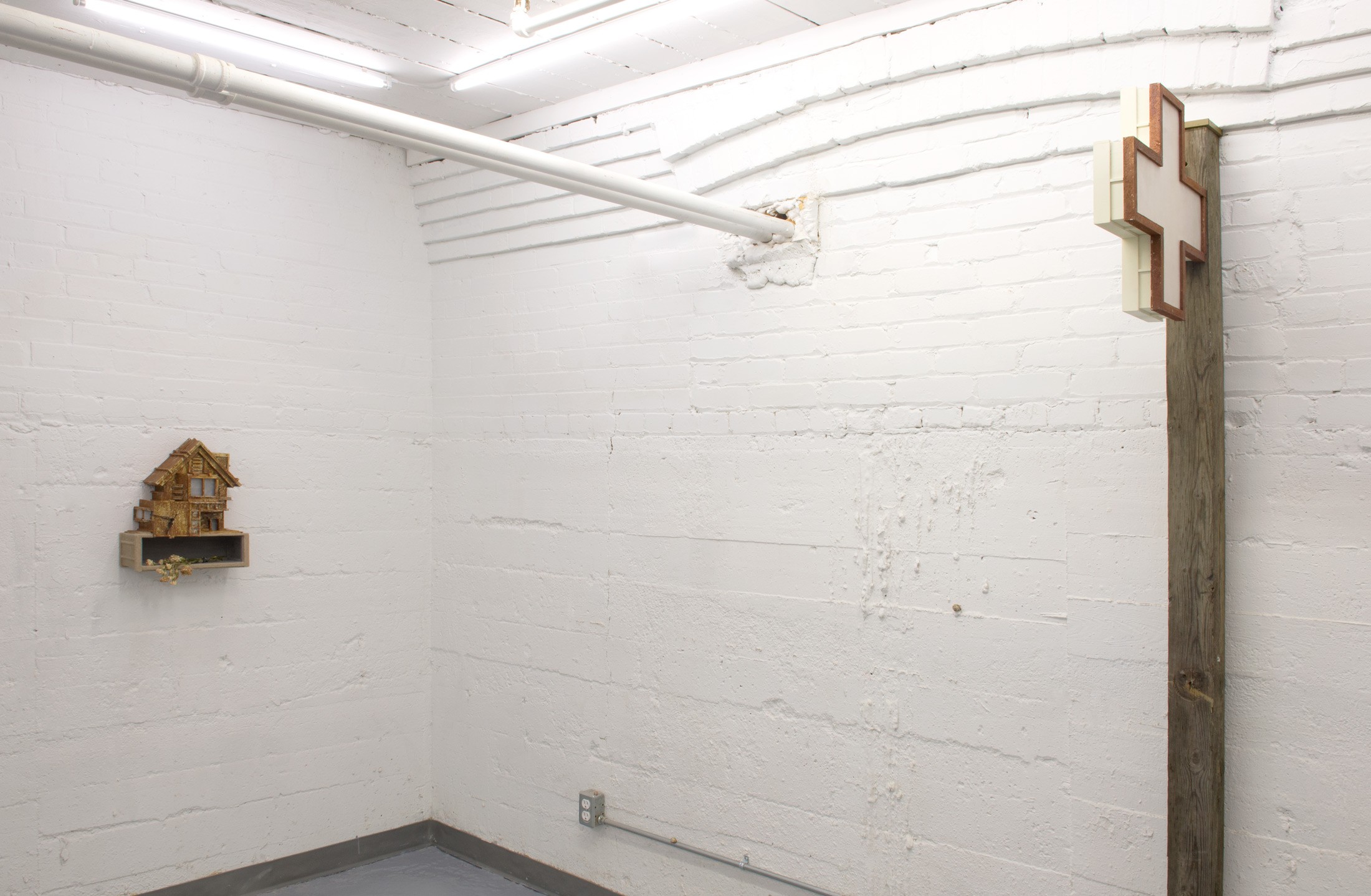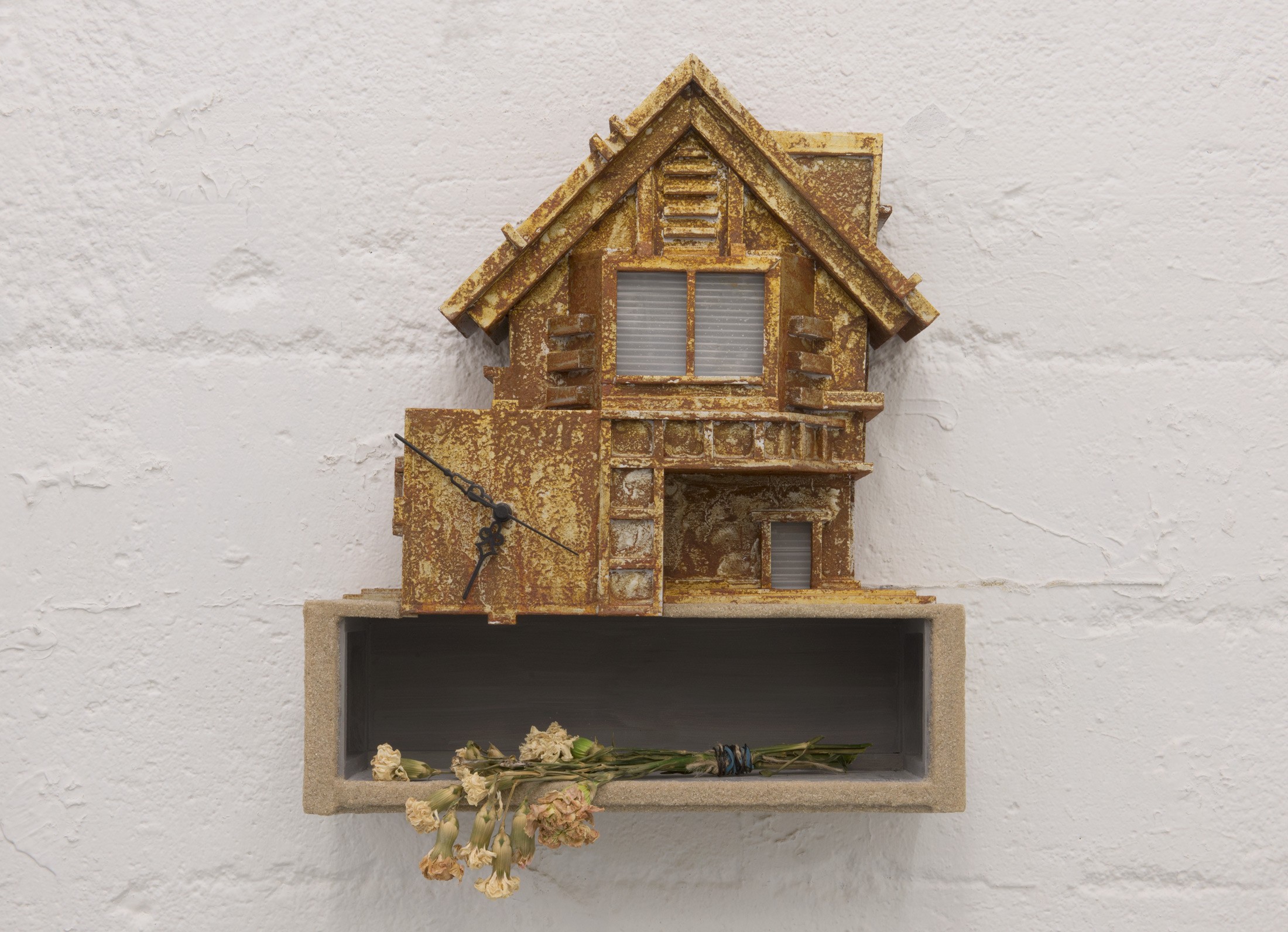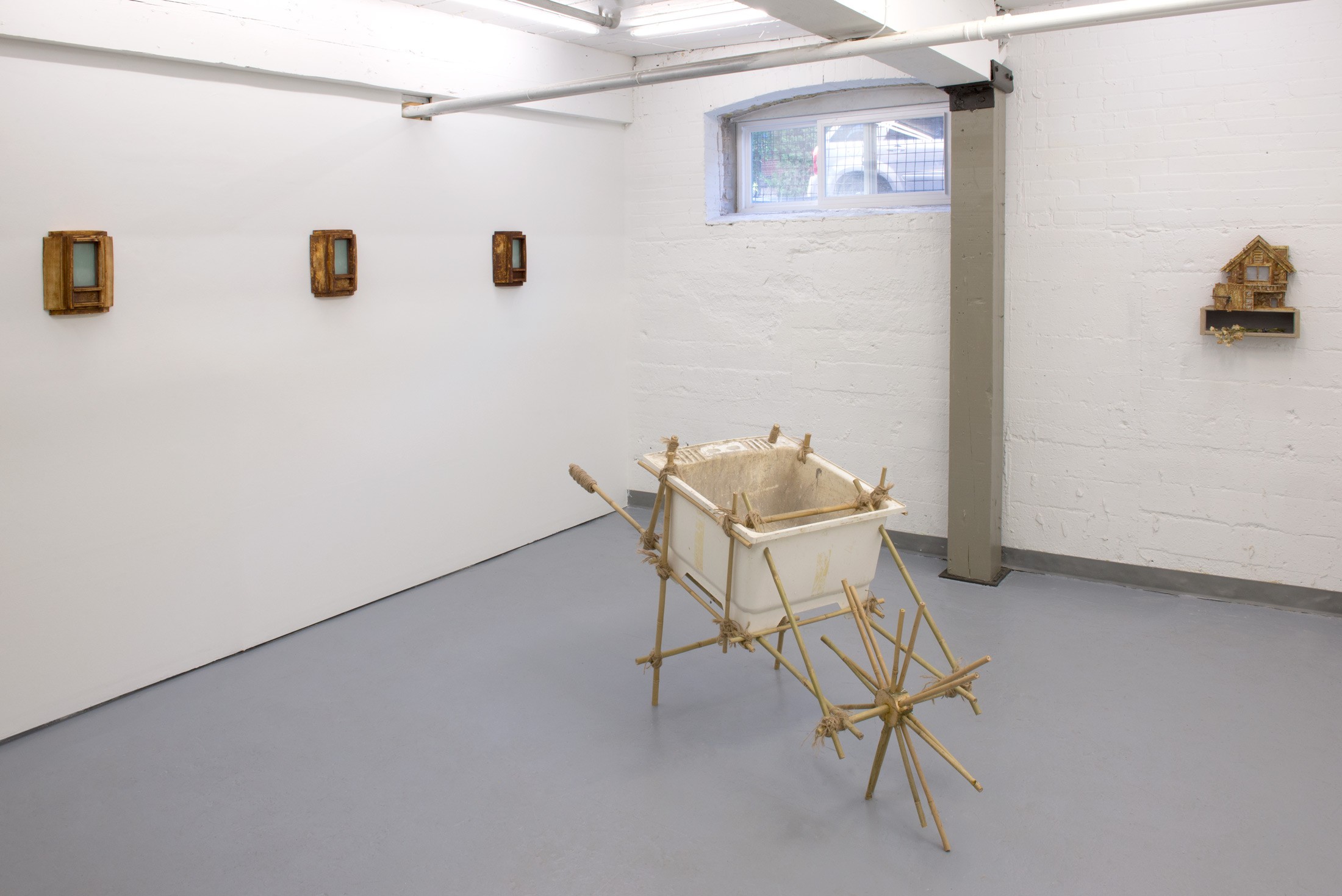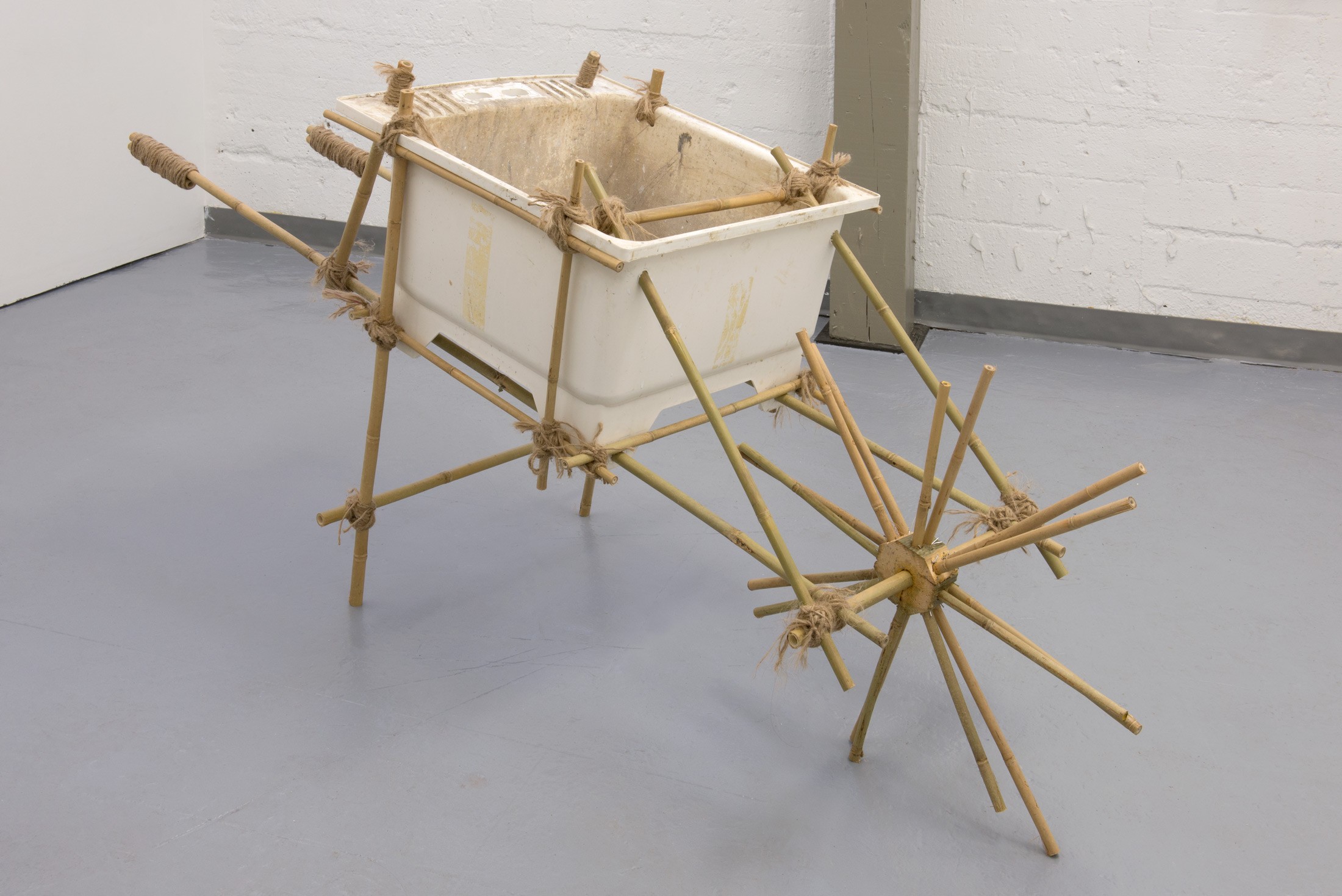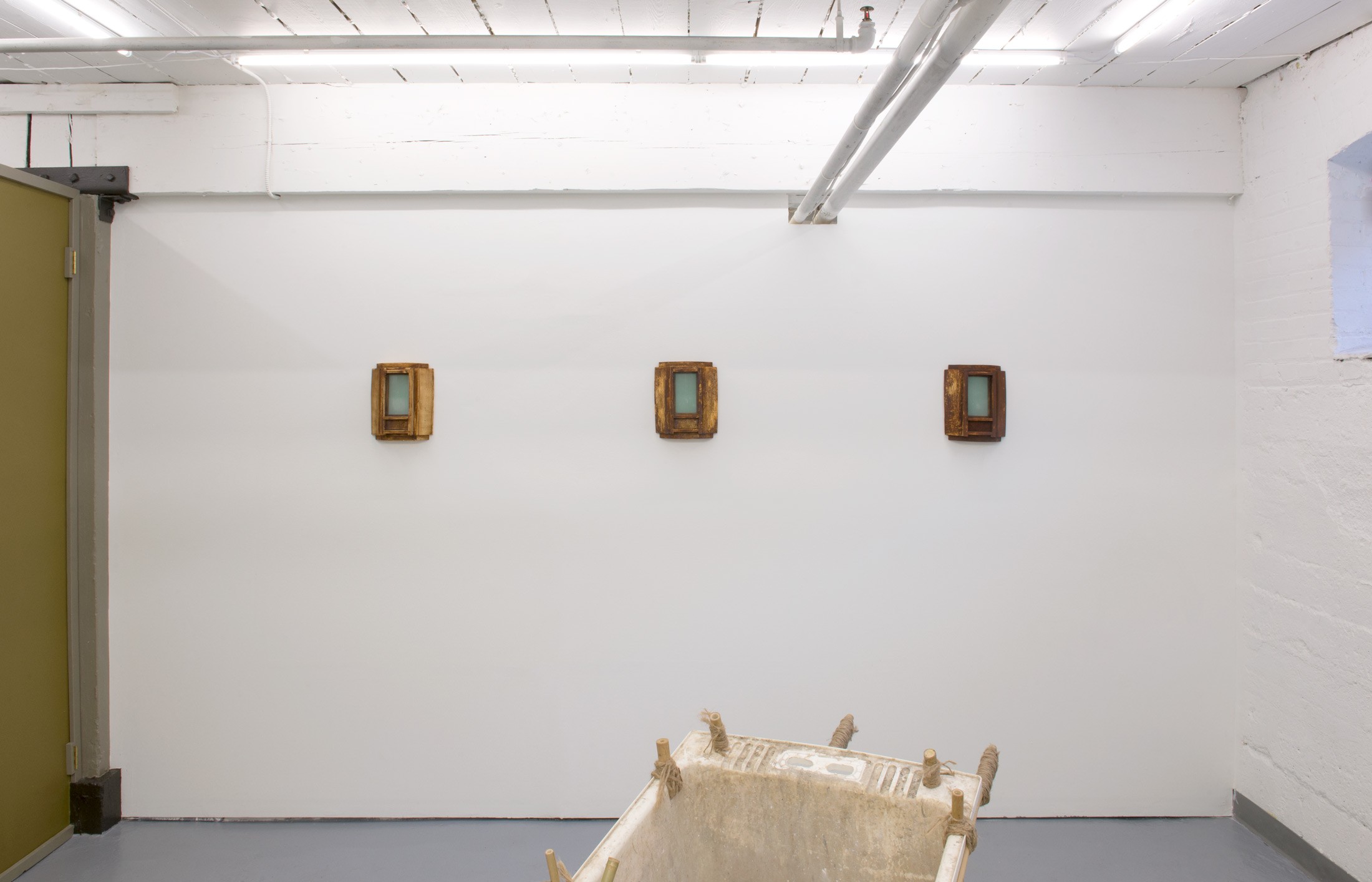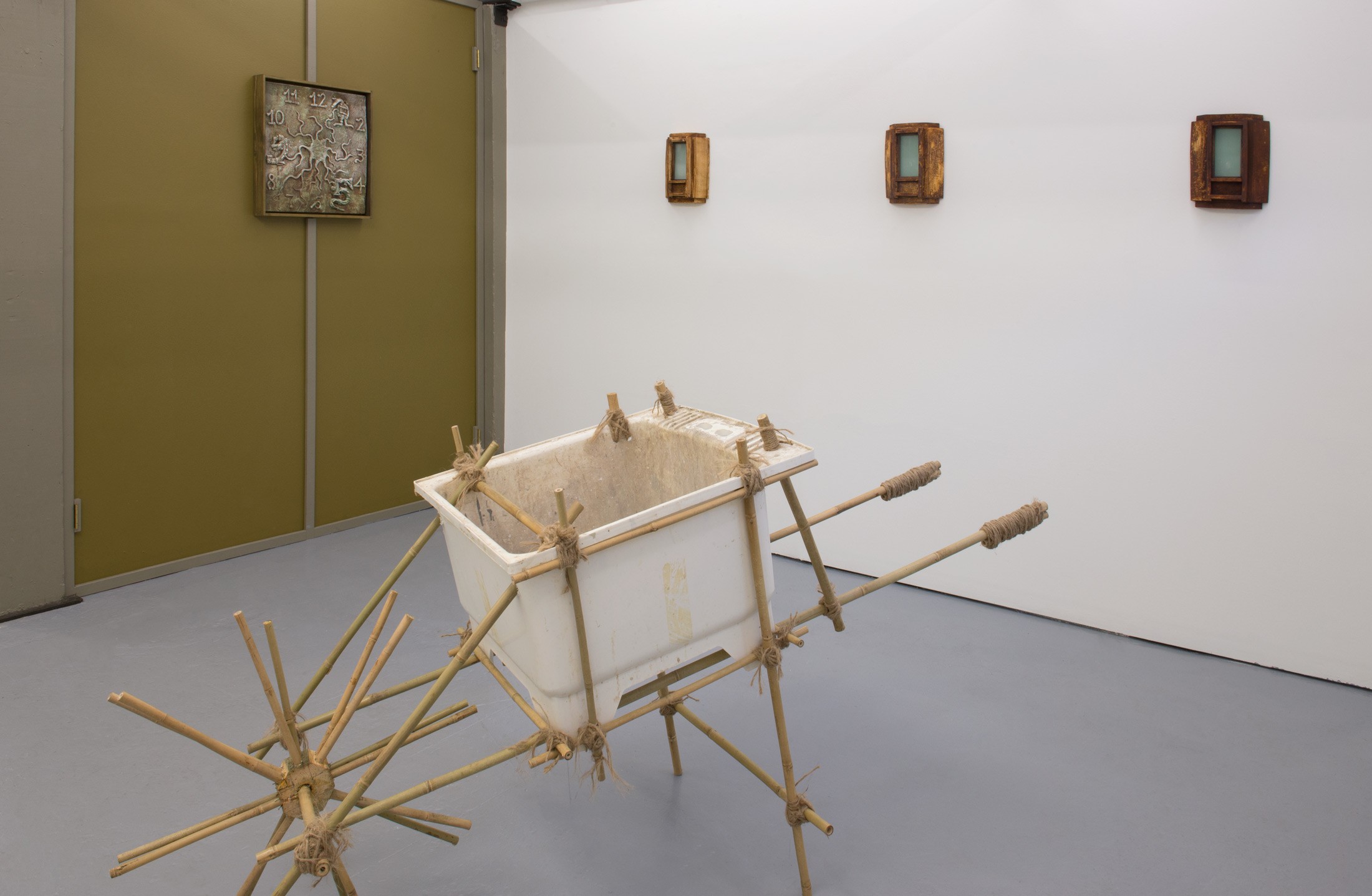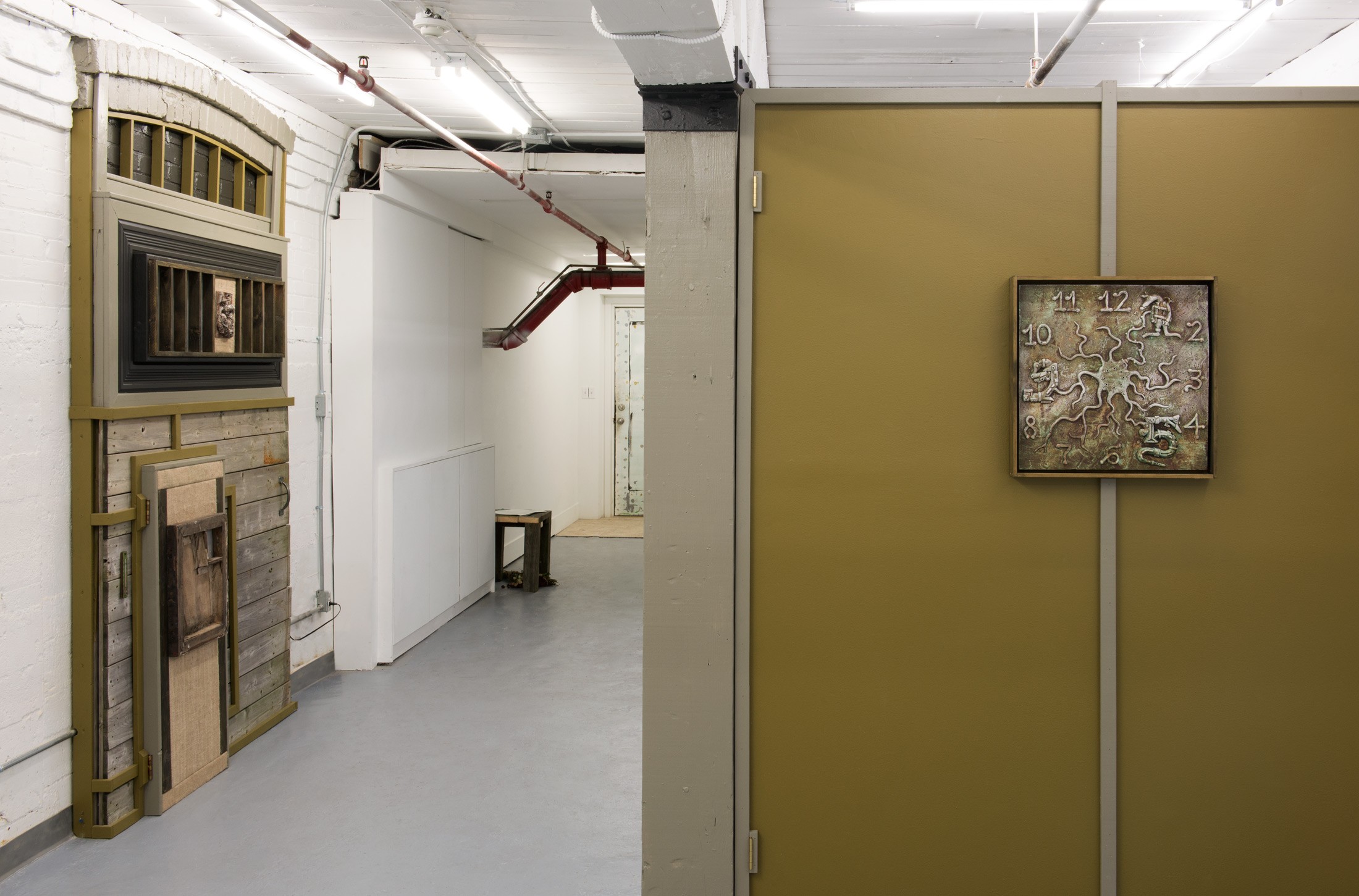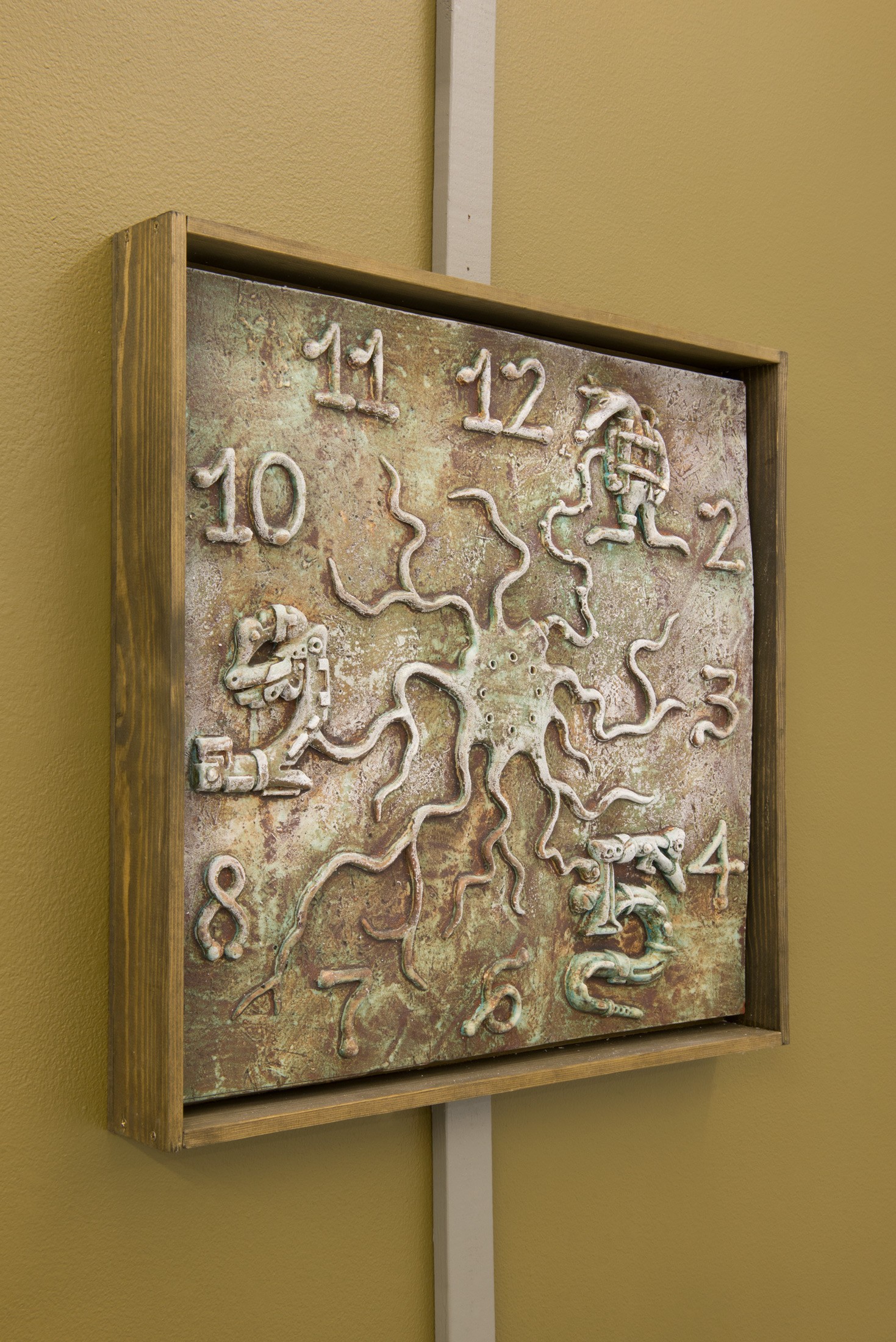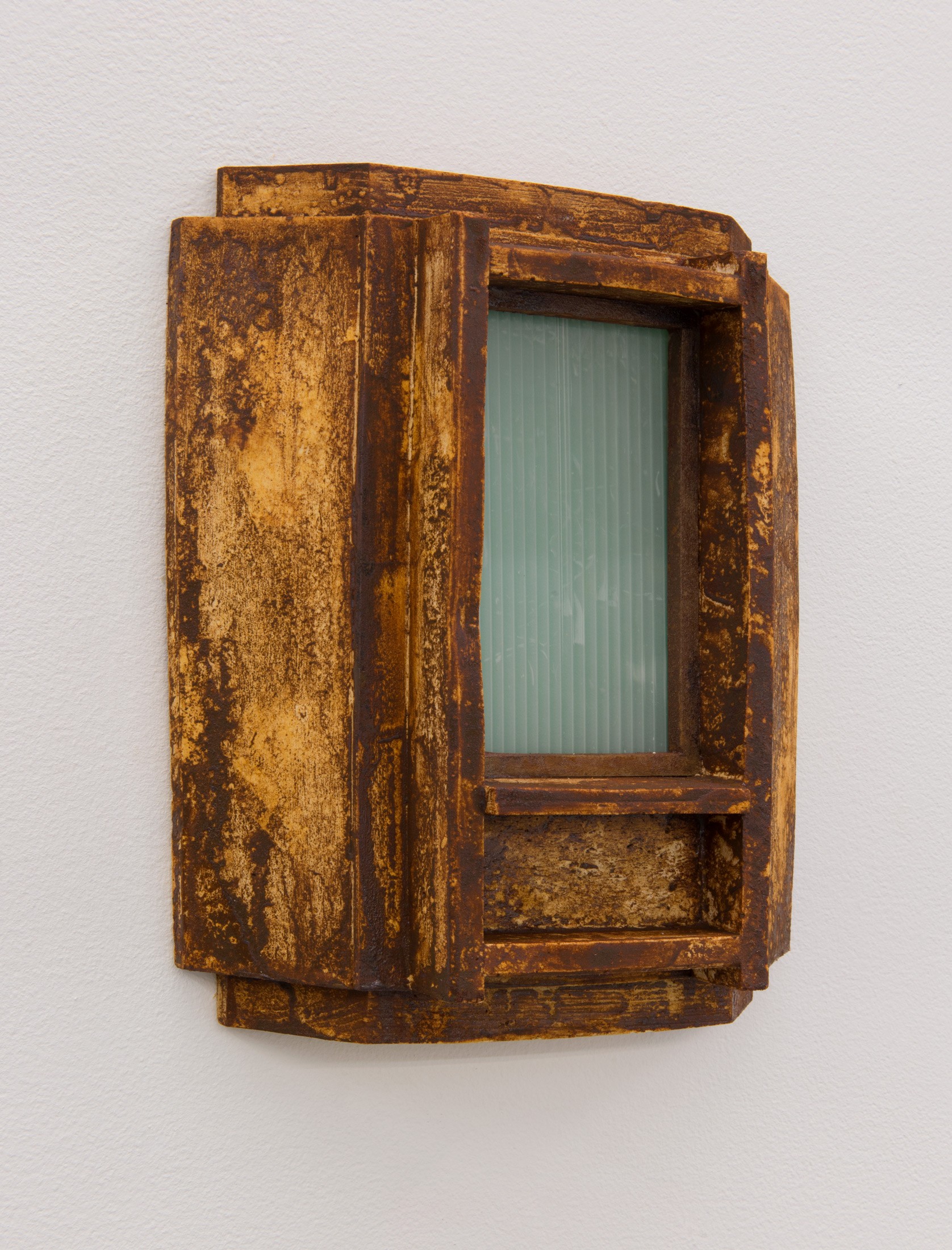Towards is pleased to present vinegar stone and the language of flowers, a solo
exhibition by Canadian-born, Berlin-based artist Adam Shiu-Yang Shaw
Exhibition text by Emma LaMorte below.
Dear X,
There’s something I want to share with you. Is there a place we could meet? On a bench maybe, overlooking the Spree. Or, on a walk. Into the forest. By the sea. In a scamper. A phone call. Messages. Photos. Could we meet over food? Shared plates, extra bowls. Fusions, condiments and tea. Could we meet in a song? In rock and roll. In a car-ride. In a sentiment. Could we meet on the surface of an object? In the patina. In levels of erosion and accumulation. In mistakes. Could we meet in a culture? Shared habits, perspectives and traits. Unspoken understanding. Home. Could we meet in psychology? Between conditions and tendencies. Dissonance and loops. Between genetic determination and existentialism. Could we meet in a question? Why this and not that. When does it work. What is important, and how do you do it. Could we meet in slang? Words that carry a shared history. An attitude. An intimacy. Or we could meet in a story? In a Chinese proverb. In analogy. In folklore.
Until next time,
X
Dear X,
Okay, let me propose we meet in a story.
It is about the meeting of two people. Two people on two planets, whose orbits ran parallel at one moment in time, due in part to chance, and in part to probability, their closeness made inevitable by strong gravitational pulls no rationality-compass could dissuade. It was the formation of a solar system.
At first each observed the other as an autonomous being whose existence was created with miraculous intention. Nothing assumed to be inherited from past relations or collective consciousness. Each was an object of singular design, whose responsibility rested solely on the subject them self. At once idolized, iconized and alienated in the eyes of the other.
They attempted communication, at first by observing the other and imitating their actions, and then by purposing actions and analyzing reactions. Soon they developed a rudimentary form of language, something like a pidgin, which made the trading of expressions more economical. With the development of a shared language, the archetypical statue that at first represents a stranger faded into a living body. At a slight pace too slow for the human eye to detect, the moment passes when the cyborg ends and the meager Sapien begins. Warm flesh, blood-filled veins, pheromonic scents and a perfectly aligned skeleton are met at first with awe. (“How curious it is to discover there exists a thing so similar to me, yet so far away from my planet”). Their pidgin language is formed by everything they believe to have in common, and because they now share this pidgin they believe they have everything in common. When they say this it means that, when they use that technique it means this, that material and this colour means that, that combination of gestures means this, and that manipulated in this way means that. They became fluent; their expression so instinctual they soon lost awareness it was a language at all. It felt more like a whole new atmosphere they were well-designed to live in, where the interaction between membranes was not an osmosis, but a symbiosis, not altering the individual form, but creating a new planet onto which each individual migrated, willfully.
Once adjusted to this new planet, with its specific strains of flowers, and slightly acidic Ph levels, they got to the instinctual task of purifying their language. The Sapien mind does not cope well with confusion. It must find order to resist the fear of entropy. So they began justifying the importance of certain symbols over others. Whoever could articulate the stronger argument as to why that flower should symbolize this instead of that, dominated. This flower was celebrated and that one rejected. Rules were formed and walls erected. Gatekeepers stood guard with shields made from tradition, archetype and a linear orientation of time. Soon, as with all dances, there is one person who steps forward more often than the other. One who speaks first. And one who feels disadvantaged.
They are alone on this planet, dear X. No stone statues to compare with each other’s living body. No foreign language to compare with the one they learned to speak together. As many have done before, they forgot their similarities. Just as they had forgotten they spoke this pidgin and not that one. Instead, their differences accumulated, like rust in a steel basin, spreading and eating away at the planet they had made together. Their pidgin became increasingly muddied and impure causing the rate of miscommunication to rise. (“how curious it is to discover there exists a thing so different than me, yet on the same planet.”) Skepticism attached itself to every gesture. One took to speech, the other to silence. Both wished for control. One got to work. Day in and day out; measuring, evaluating, cutting, clarifying, sanding, speaking, mixing, deciding, pouring, proposing, spilling, smothering, fixing, finding, explaining, painting, pacing, sorting, controlling, cleaning, and asking, until they were eventually sent into orbit, tumbling head over feet through the sign-filled streets.
They tried desperately to keep the pidgin alive, filling bottles with messages and throwing them out into the ecosphere, hoping the other would receive. The other became the receiver. Tongue-tied, they were unable to respond. As if in a dream where your vision is blurred and your legs are heavy and weak, they felt incapable of moving through the fog of their thoughts to the gate of language. Access to reason was restricted. Time slowed down. A weightless aimlessness accompanied the loss of gravity. They floated off the ground, gently moving outwards. The air thinned, colours loss vibrancy, everything shrunk in size, buildings and people and signs. The atmosphere felt like a giant sack of air particles with too much carbon dioxide and not enough oxygen. They lost their vision, their mental clarity, and their voice.
I don’t know how the story ends, dear friend. Maybe they depart and each find new planets, forming new pidgins, new symbols, new meanings, new meeting places. Maybe that pidgin fails again, and they must find still another new planet, new materials, new values, new atmospheres. Or maybe, at some point in time, due in part to chance and part to probability, they return to the planet, and like archeologists unearthing stone artifacts from 10,000-year-old sand, they dust away at their fossilized flowers and unearth a lexicon only their unique combination of elements could produce. Do they marvel at it? Do they reject it? Does it look archaic? Can they decipher it? Does it still have value? I don’t know. Maybe that is where we ultimately meet dear X. In the unknowing. In the uncertainty of life, the confusion of living.
So, I’ll see you in the tumble my friend, as we stumble onward. I’ll catch up with you as we float, blindly, weightlessly. Or I’ll run into you by chance, in a need. In a need for fluency. In a need for history. In a need to not need anything more.
X
